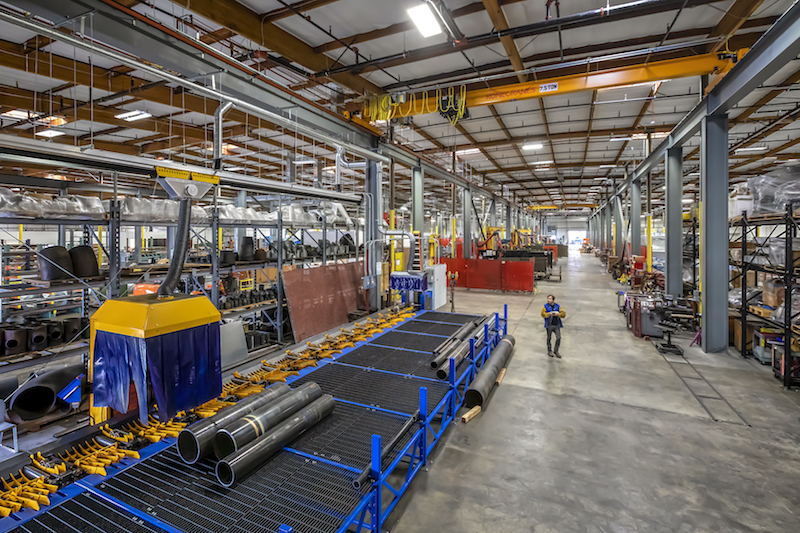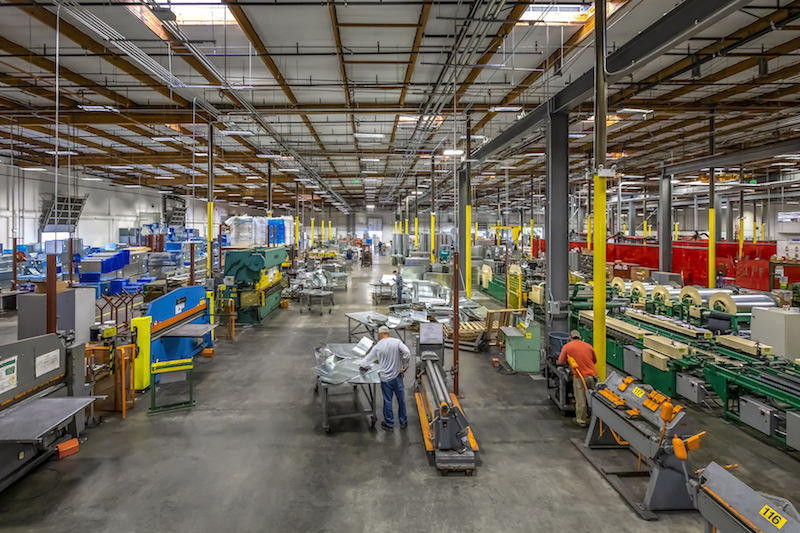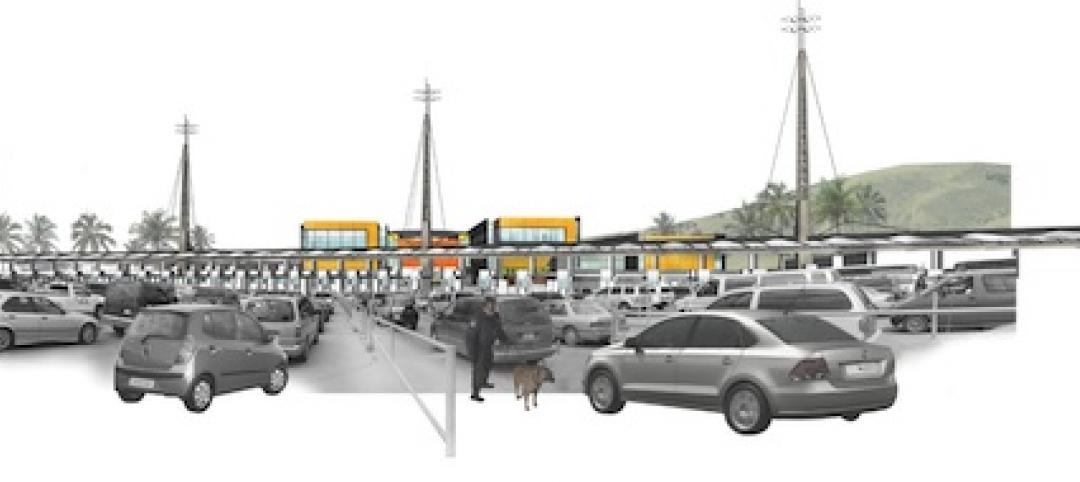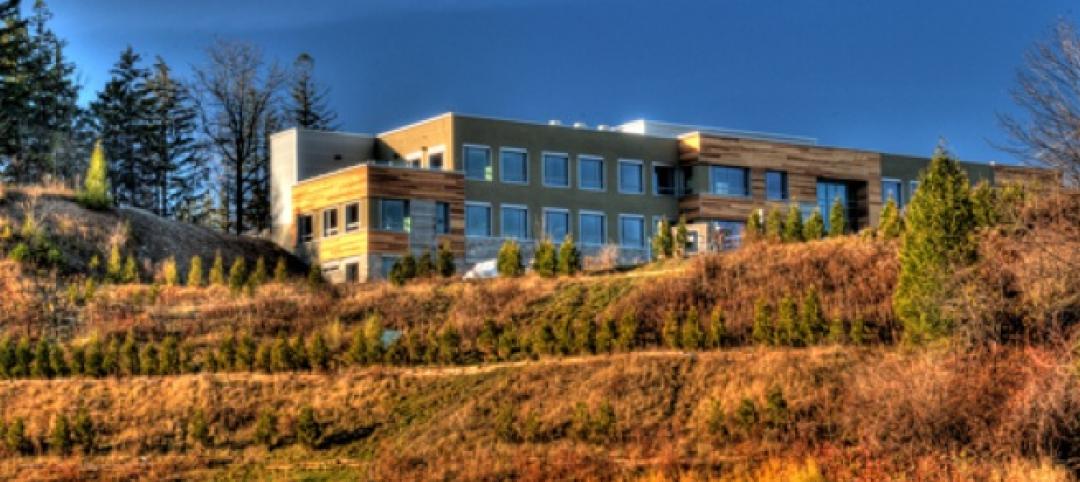It’s no secret that, despite improvements in its employment rate that rose steeply last month, the construction industry still struggles with labor shortages. In fact, 40% of construction companies turn down new projects because they don’t have enough skilled labor, according to the latest USG-Chamber of Commerce Commercial Construction Index, produced with Dodge Data & Analysts and based on responses from a Contractor Panel of more than 2,700 industry decision makers.
Most builders have already revved up their recruitment and training machines to attract and retain workers. Others are leaning into technology to find work-saving solution. Southland Industries, one of the industry’s largest MEP building systems firms, is also focusing on process refinement, training, and technology integration that bring into play, among other things, offsite construction and fabrication, data centralization and virtualization, the intersection of design engineering and detailing, and BIM to improve information delivery.
Judd Fuoto, Southland’s lead solutions analyst, tells BD+C that his large company, with its many priorities, is trying to achieve a balance that aligns its business and technology agendas. Southland is also trying to avoid the trap too many other companies fall for when they dive into new things without defining success or gauging risk.
“There’s a lot of software solutions out there looking for problems,” he says. “And that software often addresses specific things but doesn’t play nice with each other.”
Southland’s methodology is to document its workflow and to let the results prompt process improvements. It has also overhauled its technology governance so that “we’re staying aligned with what’s important and what’s effective.”

Southland's new office space and fabrication facility in Southern California, built by H. Hendy Associates, is laid out to create synergy among processes and worker teams. Hendy even measured the number of steps it would take employees to get to key areas, and designed pathways through the floor plan to support the quickest navigation patterns. The facility also includes a new R&D center. Image: Southland Industries
Fuoto concedes that some measurements so far have been anecdotal, and some are trackable “if we hit intended targets.” But there have been noteworthy gains. By automating its plants’ commissioning Southland has improved worker capacity by an average of 45 minutes per person per day, according to a recent poll with responses from 115 workers in the field.
At the very least, says Fuoto, it’s important for companies in this industry to determine what problems they are trying to solve, and then find the tools needed, instead of “chasing after every shiny gadget” first and then trying to apply them to their company’s operations.
“Will the tool augment or disrupt your process” is what all companies, including Southland, need to keep asking themselves before they make costly investments in software, equipment, or even factories.
Related Stories
| Sep 21, 2010
New BOMA-Kingsley Report Shows Compression in Utilities and Total Operating Expenses
A new report from the Building Owners and Managers Association (BOMA) International and Kingsley Associates shows that property professionals are trimming building operating expenses to stay competitive in today’s challenging marketplace. The report, which analyzes data from BOMA International’s 2010 Experience Exchange Report® (EER), revealed a $0.09 (1.1 percent) decrease in total operating expenses for U.S. private-sector buildings during 2009.
| Sep 16, 2010
Green recreation/wellness center targets physical, environmental health
The 151,000-sf recreation and wellness center at California State University’s Sacramento campus, called the WELL (for “wellness, education, leisure, lifestyle”), has a fitness center, café, indoor track, gymnasium, racquetball courts, educational and counseling space, the largest rock climbing wall in the CSU system.
| Sep 13, 2010
World's busiest land port also to be its greenest
A larger, more efficient, and supergreen border crossing facility is planned for the San Ysidro (Calif.) Port of Entry to better handle the more than 100,000 people who cross the U.S.-Mexico border there each day.
| Sep 13, 2010
Triple-LEED for Engineering Firm's HQ
With more than 250 LEED projects in the works, Enermodal Engineering is Canada's most prolific green building consulting firm. In 2007, with the firm outgrowing its home office in Kitchener, Ont., the decision was made go all out with a new green building. The goal: triple Platinum for New Construction, Commercial Interiors, and Existing Buildings: O&M.
| Aug 11, 2010
New air-conditioning design standard allows for increased air speed to cool building interiors
Building occupants, who may soon feel cooler from increased air movement, can thank a committee of building science specialists. The committee in charge of ANSI/ASHRAE Standard 55 - Thermal Environmental Conditions for Human Occupancy—after months of study and discussion--has voted recently to allow increased air speed as an option for cooling building interiors. In lay terms, increased air speed is the equivalent of turning up the fan.
| Aug 11, 2010
29 Great Solutions for the AEC Industry
AEC firms are hotbeds of invention and innovation to meet client needs in today's highly competitive environment. The editors of Building Design+Construction are pleased to present 29 "Great Solutions" to some of the most complex problems and issues facing Building Teams today. Our solutions cover eight key areas: Design, BIM + IT, Collaboration, Healthcare, Products, Technology, Business Management, and Green Building.










